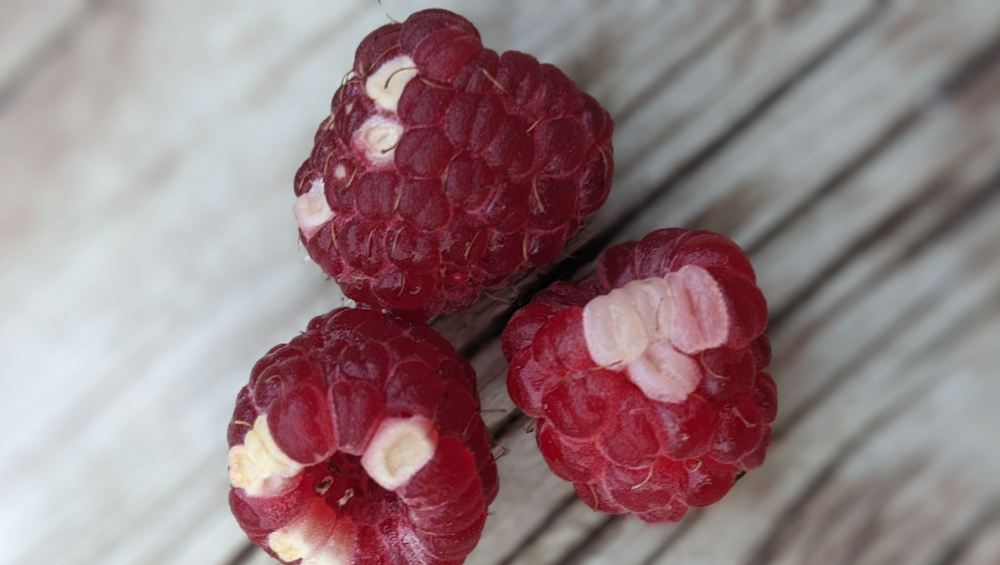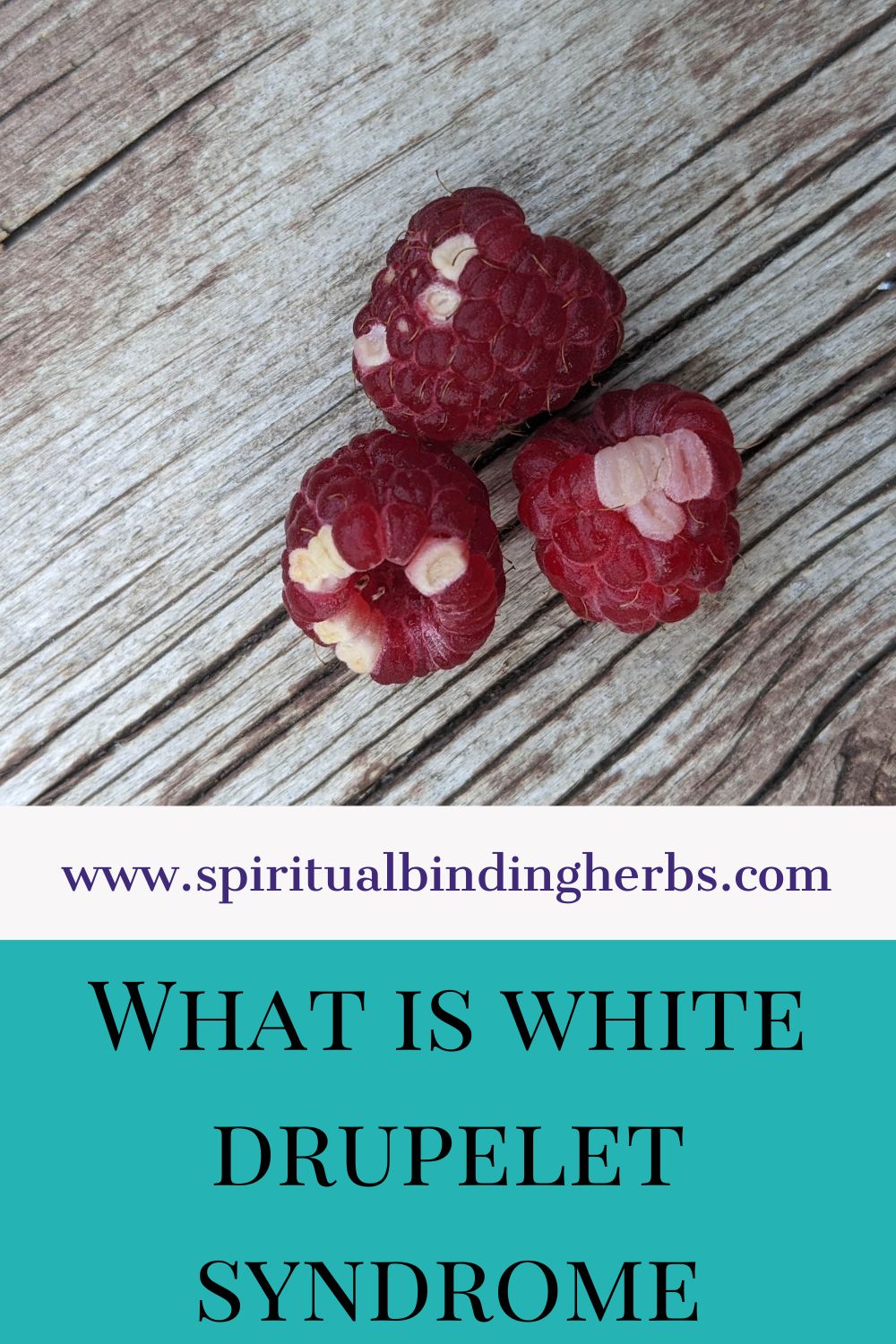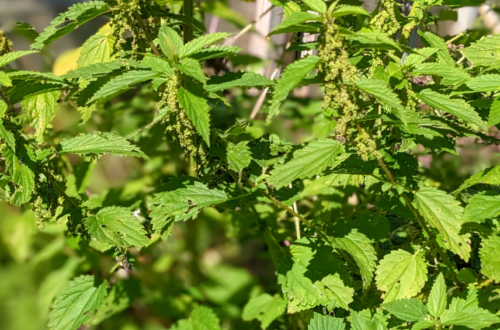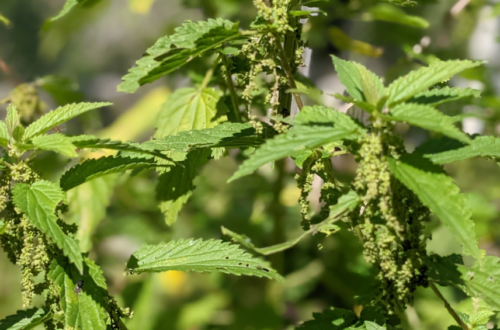
How To Know If Your Raspberries Have White Drupelet Syndrome
Are You Finding White Spots on Your Raspberries?
It’s still a pretty hot end of summer here in the Midwest, and our raspberries are still producing quite a bit. Depending on where your raspberry bushes live in your outdoor space, you may be noticing some of the fruit with white spots. No need to worry! The raspberries are still edible and still taste delicious, yum-yum.
White Drupelet Syndrome
But what is the cause of these white areas on the fruit? Well, it is essentially the color being bleached out due to the hot sun. The technical term is sunscald or is also referred to as White Drupelet Syndrome or Disorder. The area covering the outside of the fruit is called drupelets, and each raspberry can contain around 75-85, dependent on size. So, no worries if one of these drupelets shows off in white – it won’t affect the taste and can still be used in all of your favorite recipes or gobbled up right away!

How Does White Drupelet Syndrome Happen?
Essentially, the fruit was exposed to the hot sun, and dry conditions for a bit too long and the UV rays are a bit more direct, allowing it to penetrate the fruit and affect the coloring of the drupelets. Now, there could be another reason for the discoloration – pests.
Bugs like mites or stinkbugs can sometimes affect the coloration of the raspberries leading to the white drupelets. One way to tell the difference is how the discoloration is happening. If you notice a large area with white drupelets, this most likely is due to sunscald. On the other hand, if the discoloration is random and spaced out, it may be more due to pests. Either way, as long as you give your raspberries a good rinse or wash with baking soda and apple cider vinegar or simply wash with water.

How to Prevent White Drupelet Syndrome
So, how can you prevent your raspberries from White Drupelet Syndrome? If you want to put in a bit of work, you could move your bush in the fall to a more shaded location – preferably north-facing. You can also create a canopy to provide shade if moving just isn’t realistic. Also, watering can help cool down your plant – I would just ensure your raspberry bush has enough time to dry out before nightfall.
- Unlocking SSRI Medication: How They Work and Herbs You Should Avoid
- Understanding Anxiety: Causes, Symptoms & Natural Relief Techniques
- Unlocking the Secrets of American Water Horehound
- Harnessing The Mystical Energy Of The Pisces Super Blue Moon
- Top 5 Books for Beginners: Explore the World of Herbal Medicine – Learning The Essentials
Additional Resources
https://www.britannica.com/plant/angiosperm/The-corolla#ref597022






